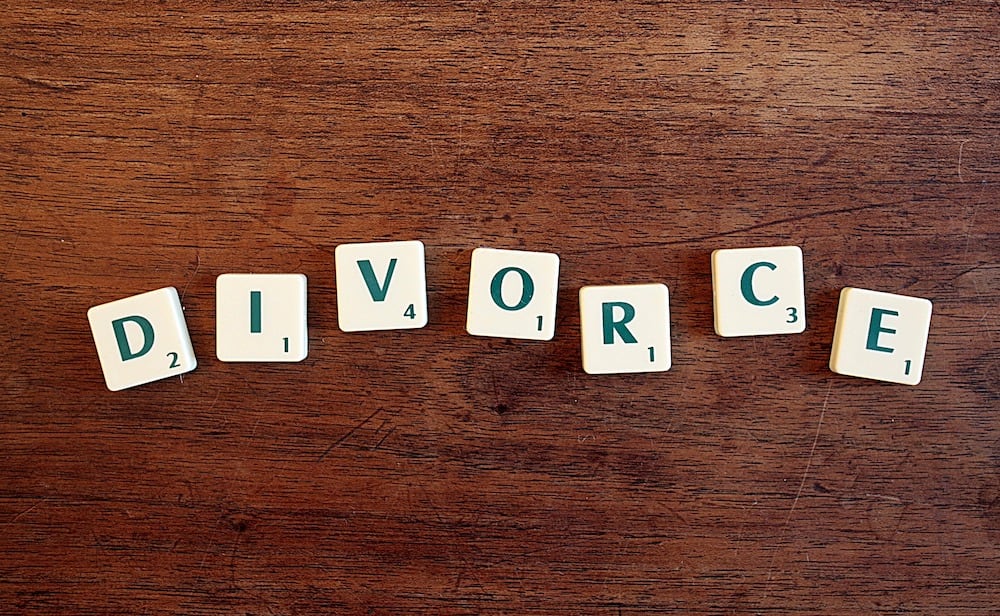
This is a common question asked by litigants, but it is not easy to give an answer because there are many variables that must be considered, including the conduct of the other party and/or their willingness to settle, delays caused by the courts in processing your paperwork, or delays in court if you and your spouse are unable to reach a deal without litigation. It is not possible to determine how long the divorce process can take until the divorce process is over and the judgment of divorce is signed by the judge presiding over the case.
However, these basic guidelines will help you understand how the process works. If you and your spouse are on amicable terms, and are able to sit down with or without attorneys and work out a deal, then it is simply a matter of filing the papers with the court, which entails waiting for the county clerk’s office to process your paperwork and then waiting for the judge to process and sign the judgment of divorce. Depending upon how busy the local clerk’s office is and also depending upon how busy the judge is, this process can take as little as three weeks or as much as 10 months.
Truth be told, very few cases in this field are resolved quickly. Many a time, a litigant will come to us, retain us and advise us that everything is “agreeable” between the litigant and their spouse, but this is rarely the case. The vast majority of the time, there is one or more issues that are not agreeable and this leads to litigation. If a case is headed to court, then the amount of time taken to complete the case increases greatly. In some instances, the parties make one or two court appearances and eventually compromise and reach an agreement, when they ascertain the cost of court time and all of the prep work that this entails.
In the case where both litigants dig their heels in and are prepared to battle to the end, a divorce case can take 18 months to two years to complete, and sometimes more. In rare instances, a divorce action can drag on for 10 years or more. To give an example, I am currently representing a litigant who has been through a half dozen attorneys and has been litigating her divorce case for 12 years going on to the 13th year!
More commonly, a litigated divorce action consists of the following:
As discussed in detail above, a divorce case can be resolved quickly or it could take several years to complete. It is difficult to predict how long it takes to obtain a divorce in New York, unless you choose to control your own destiny and settle your case without litigating. The amount of time it takes to complete a divorce case, or any litigation for that matter, depends upon many factors, some of which cannot be controlled by the litigants or attorneys.
In many cases, it makes more sense to reach a settlement that you are slightly unhappy with rather than spend thousands of dollars litigating, because the benefit reached by taking the case to trial may not outweigh the cost. And, most importantly, it is likely that you will not be pleased with the court’s decision, because there are no landslide victories in divorce cases. Divorce courts are courts of equity, not courts of equality, so the judge will do what is equitable (not equal) and try his best to balance things out so that neither you nor your spouse is completely happy. More likely, both you and your spouse will be unhappy with the end result, especially when considering the amount of money you spent litigating.
The best advice that I can give is to try your best to control your divorce case by reaching an agreement as quickly as possible. Once you get entangled with the court system, the movement of your case will be at the mercy of the court’s schedule, which is not predictable and often overloaded with other cases. So, as any matrimonial judge or lawyer will tell you, if you walk away from a divorce agreement a little unhappy, it was probably a good agreement.
